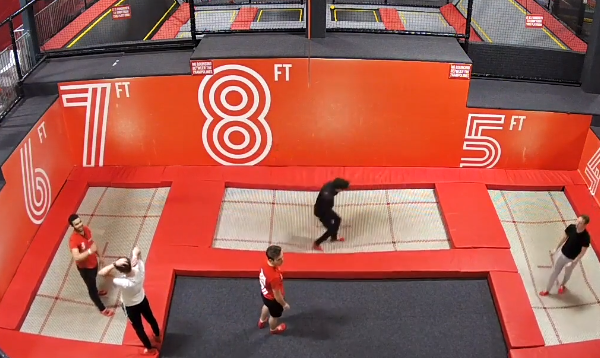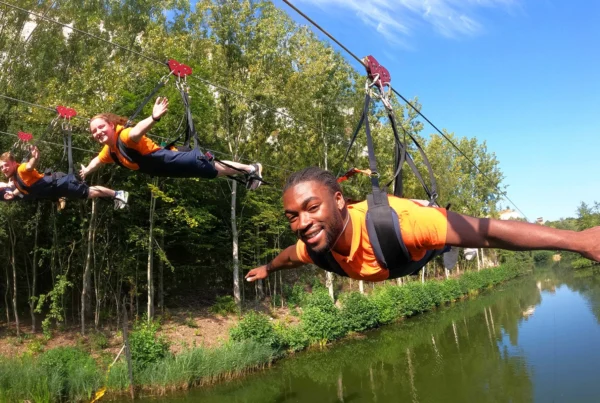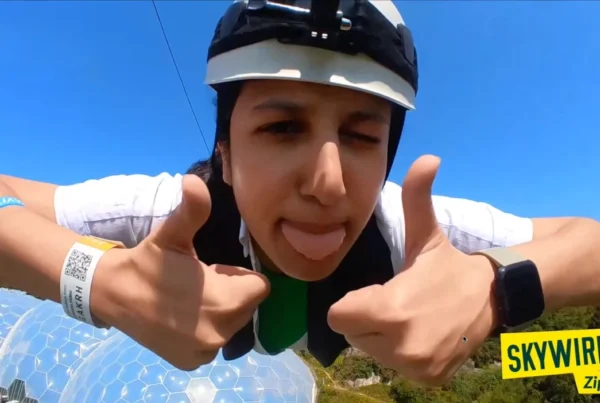I t’s the ultimate goal of any aspiring diver: a perfect, splash-free rip entry at speed. A hallmark of excellence in diving, the rip entry is a technique that’s tricky to teach and even harder to nail, but these methods can help diving instructors demonstrate the positioning and alignment required.
Understand the mechanics of the rip entry
Before attempting a rip entry, it can be useful to know a little about the physics of this smooth and ripple-free dive. It’s a subject that has fascinated academics since the technique came to prominence in the 1970s, and a 1984 paper entitled Descriptive Analysis of the Rip Entry in Competitive Diving was published analysing its mechanics.
Academics found that there are two different types of rip entry, known as seething and non-seething. The divers completing a non-seething rip entry used their body shape, long legs and alignment to enter the water in a streamlined way. Seething rippers adopted an underwater position that pulled the water down after them, sucking the splash underwater so that it could not be seen on the surface. Understanding these two types of rip entry can help divers to gain a better knowledge of their own approach.
Perfect the hand position
Hands enter the water first, so a diver’s hand position is make-or-break when it comes to executing the perfect rip entry. Get your divers to practise the ‘flat hand grab’, which is an essential part of the technique. This involves keeping the arms straight and tight and putting the hands palm downwards, with one hand grabbing the other. A good way to check hand position is to ask whether an object could be balanced on the palms.
Tighten the arms
To achieve a seamless entry into the water, the arms must stay tight and cover the ears. The shoulders should be squeezed tight and be shrugged up towards the ears. The overall effect is to close any gaps and ensure that the body enters the water in the same ‘hole’, thus avoiding a splash.
Get the right body alignment
As we saw from the research, body alignment is a key element in a successful rip entry. If the body is not perfectly streamlined, it will create a splash as it enters the water. The head should be aligned with the arms, and eyes should focus on the water. For backward entries, the body should be slightly arched. It can be useful to watch videos of professional divers, to get the right position.
Practise line-ups
The most effective way to improve any aspect of diving technique is to get the practice in. Get students to perform repeated line-up dives, incorporating the flat hand grab and concentrating on the moment of entry into the water.
Show their progress
Diving technique is difficult to teach without a visual aid. That’s where Action Cam diving solutions can make a difference. With instant playback for every dive, instructors can utilise detailed, slow-motion video footage to pinpoint each and every aspect of a diver’s position and alignment, to gain a better understanding of weak areas of technique.









